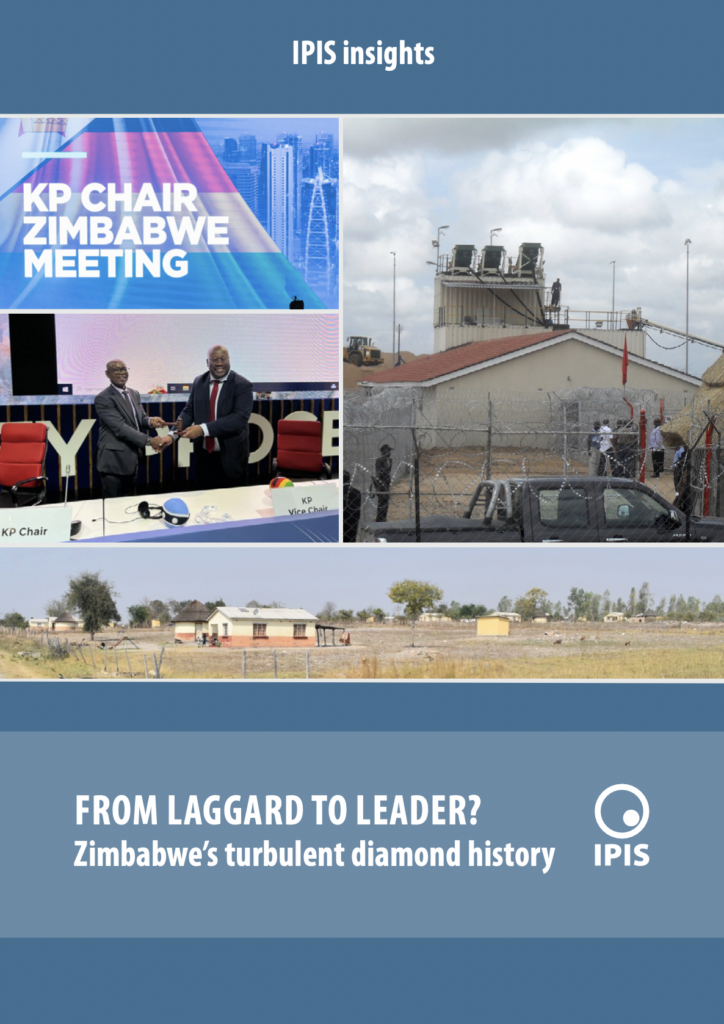Diamond industry observers were surprised when it was announced in November 2021 that Zimbabwe would assume the rotating chairmanship of the Kimberley Process (KP) in 2023. The fact that, of all 59 countries participating in the world’s leading diamond control regime, it had to be Zimbabwe, was yet another proof to some that the KP is not interested in curbing human rights violations.
These sentiments harked back to events in 2009, when the world was shocked by reports of severe violence, including more than 200 killings, and human rights abuses perpetrated by government forces in Zimbabwe’s Marange diamond fields. Those events would rock the KP for years to come. In the eyes of civil society, they epitomised all the shortcomings of the KP certification scheme and left a feeling of disillusionment after the high hopes it raised about a decade earlier. They also exposed the deep divide between western countries and the rest of the world, which to this day stands in the way of any attempt at meaningful reform.
This IPIS Insight provides background and context to Zimbabwe’s current KP chairmanship, both historically and in light of whether it might present opportunities for government and corporate actors in the country to exorcise their demons. We also look beyond human rights violations to a range of other challenges facing the country’s diamond sector, including socio-economic and environmental ones.


This document has been produced with the financial assistance of the European Union. The contents of the document is the sole responsibility of IPIS and can under no circumstances be regarded as reflecting the position of the European Union.

